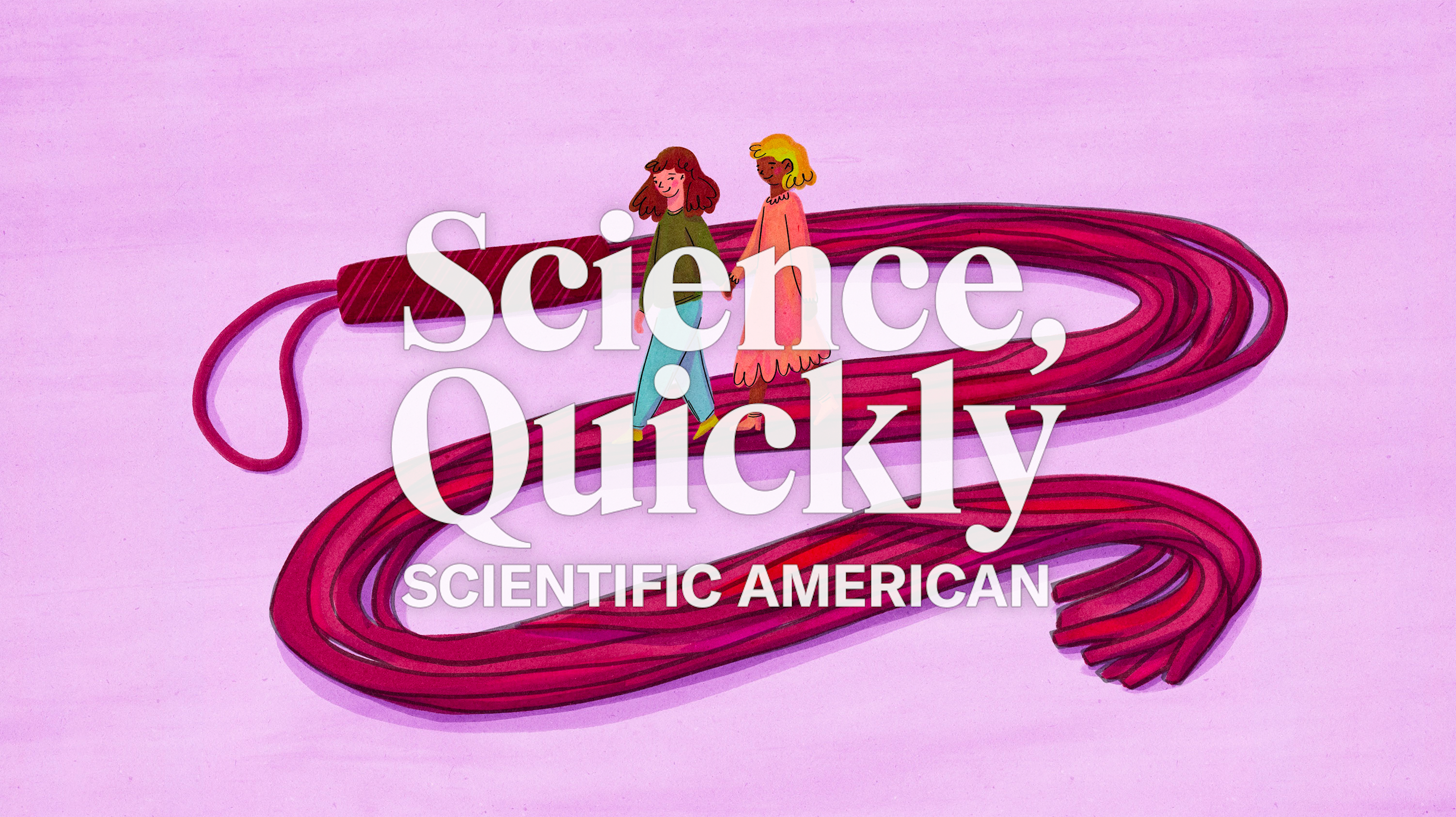
Access to the most commonly used method of abortion in the U.S. plunged into uncertainty Friday following conflicting court rulings over the legality of the abortion medication mifepristone that has been widely available for more than 20 years.
For now, the drug that the Food and Drug Administration approved in 2000 remains at least immediately available in wake of the separate rulings that were issued just minutes apart by federal judges in Texas and Washington.
U.S. District Judge Matthew Kaczmaryk, a Trump appointee, ordered a hold on federal approval of mifepristone in a decision that overruled decades of scientific approval. But that decision was quickly followed by U.S. District Judge Thomas O. Rice, an Obama appointee, essentially ordering the opposite and directing U.S. authorities to not many any changes that would restrict access to the drug.
The extraordinary timing of the competing orders revealed the high stakes that surround the drug a year after the U.S. Supreme Court overturned Roe v. Wade and curtailed access to abortion across the country.
“FDA is under one order that says you can do nothing and another that says in seven days I’m going to require you to vacate the approval of mifepristone,” said Glenn Cohen of Harvard Law School.
The immediate impact of the ruling by Kacsmaryk, which does not go into immediate effect, was unclear.
The abortion drug has been widely used in the U.S. since 2000 and there is essentially no precedent for a lone judge overruling the medical decisions of the Food and Drug Administration. Mifepristone is one of two drugs used for medication abortion in the United States, along with misoprostol, which is also used to treat other medical conditions.
Kacsmaryk, a Trump administration appointee in Amarillo, Texas, signed an injunction directing the FDA to stay mifepristone’s approval while a lawsuit challenging the safety and approval of the drug continues. His 67-page order gave the government seven days to appeal.
“Simply put, FDA stonewalled judicial review — until now,” Kacsmaryk wrote.
He didn’t go as far as the plaintiffs wanted by withdrawing or suspending the approval of the chemical abortion drug and removing it from the list of approved drugs. But he put a “stay” or hold on approval of the drug.
Federal lawyers representing the FDA are expected to swiftly appeal.
Clinics and doctors that prescribe the two-drug combination have said that if mifepristone were pulled from the market, they would switch to using only the second drug, misoprostol. That single-drug approach has a slightly lower rate of effectiveness in ending pregnancies, but it is widely used in countries where mifepristone is illegal or unavailable.
Mifepristone is part of a two-drug regimen that has long been the standard for medication abortion in the U.S. Clinics and doctors that prescribe the combination say they plan to switch to using only misoprostol. The single-drug approach is slightly less effective at ending pregnancies.
The lawsuit was filed by the Alliance Defending Freedom, which was also involved in the Mississippi case that led to Roe v. Wade being overturned. At the core of the lawsuit is the allegation that the FDA’s initial approval of mifepristone was flawed because it did not adequately review its safety risks.
Courts have long deferred to the FDA on issues of drug safety and effectiveness. But the agency’s authority faces new challenges in a post-Roe legal environment in which abortions are banned or unavailable in 14 states, while 16 states have laws specifically targeting abortion medications.
Update, April 7, 2023: This article has been updated with additional information and a new headline

















































![How ‘The Flash’ Wrapped Up Arrow’s Long-Running [Spoiler] Storyline How ‘The Flash’ Wrapped Up Arrow’s Long-Running [Spoiler] Storyline](https://tvline.com/wp-content/uploads/2022/06/flash-diggle-rejects-green-lantern-story-ends.jpg?w=620)

![“[Go] Berserk on the Skulls of the Democrats” “[Go] Berserk on the Skulls of the Democrats”](https://consequence.net/wp-content/uploads/2021/04/Ted-Nugent.jpg?quality=80)

